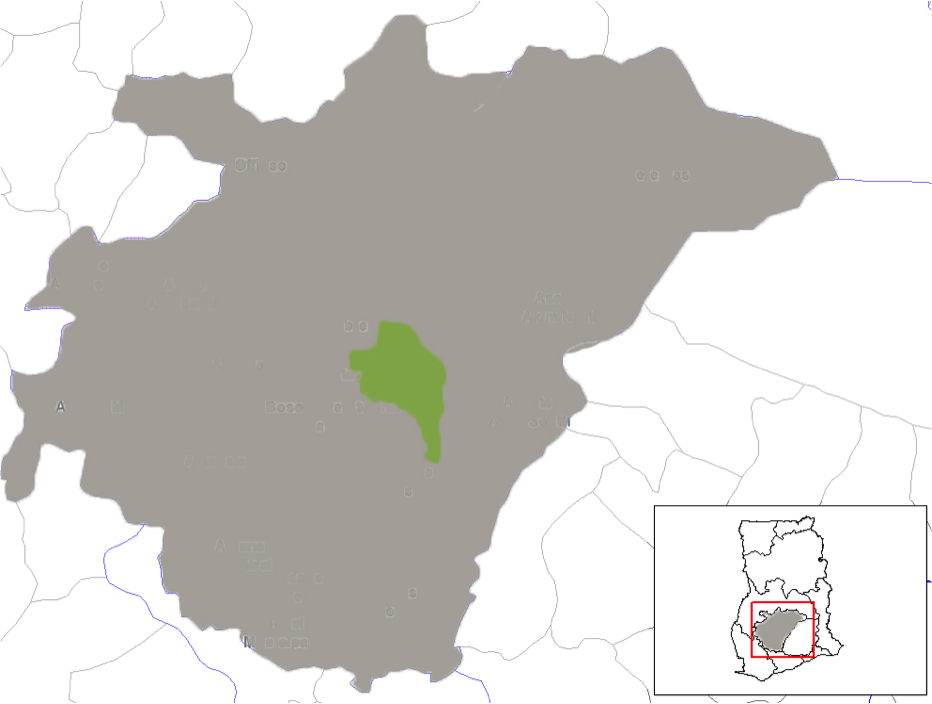Asante (also seen as Ashanti).
The main opposition to British authority was the Asante state, which had risen to prominence in the 17th century and controlled much of Ghana. The Asante are part of the Akan people, Ghana's largest ethnic group, but their kingdom exerted a strong nationalizing influence that is remembered even today in the ceremonial courtesies new national leaders generally pay the reigning Asantehene — Asante king.
Early Asante prosperity came from gold mining, a strong military tradition, and the taming of farmland from the forests with the successful introduction of New World crops. Asante expanded into surrounding Akan states, and then subjugated unrelated kingdoms and peoples, weaving these disparate peoples into a strong and cohesive kingdom around powerful "national" symbols that retain their force to down to the present. One is the golden stool, a traditional symbol of chiefly authority. The actual power of the king resides in the golden stool of the Asante; it is the continuity of the stool that is important, not the individual ruler. Another symbol is Kente cloth. Kente, the royal cloth of the Asantehene, is woven in brilliant colors and intricate geometric designs. Today, Kente cloths are widely displayed.
